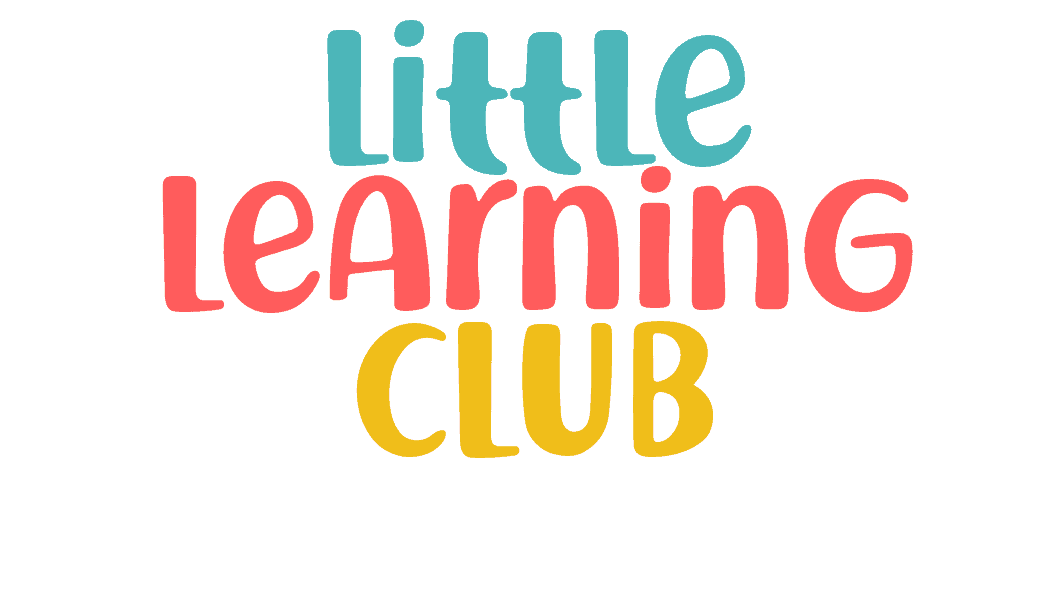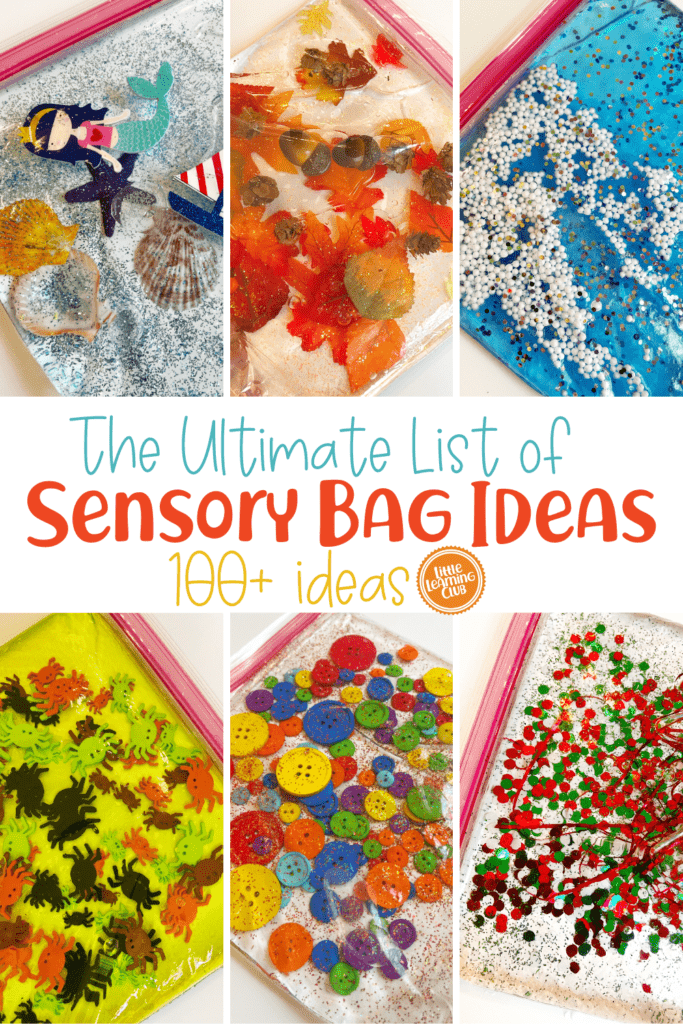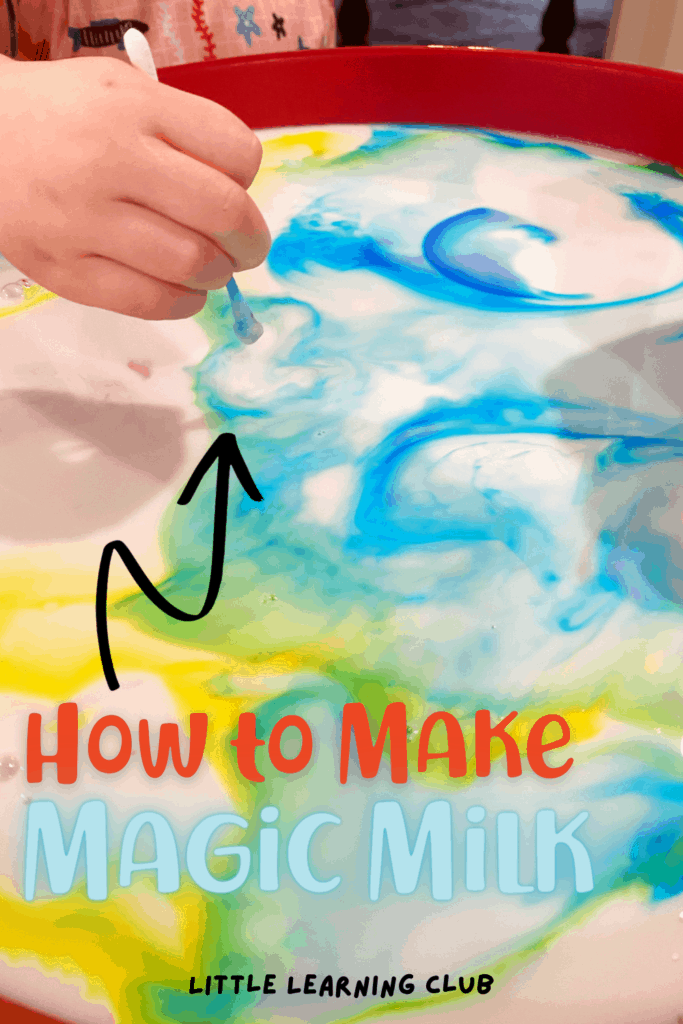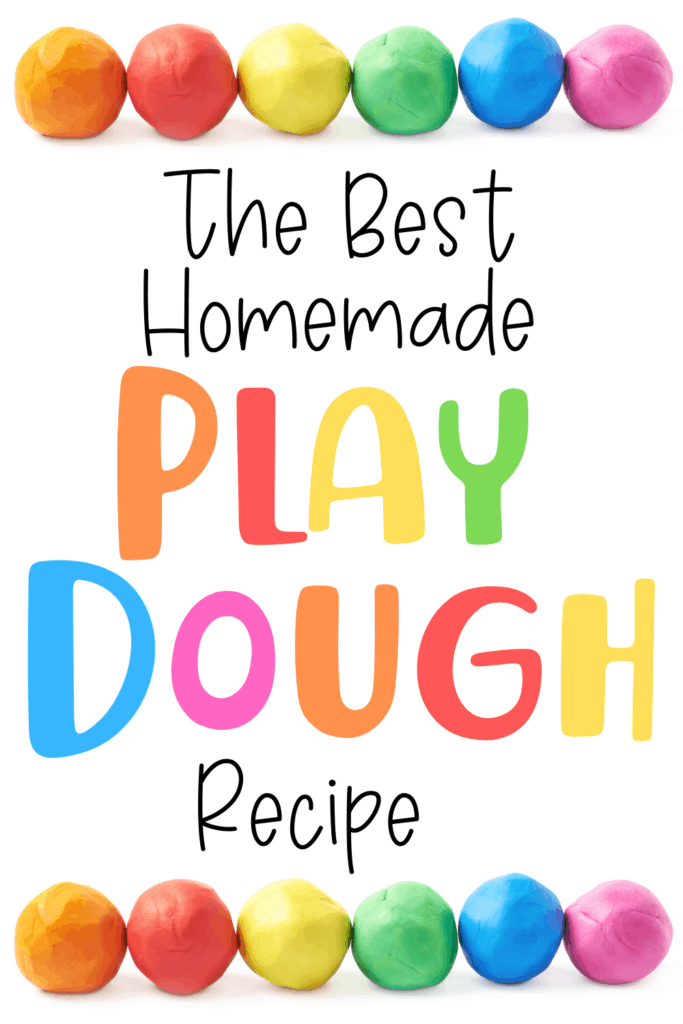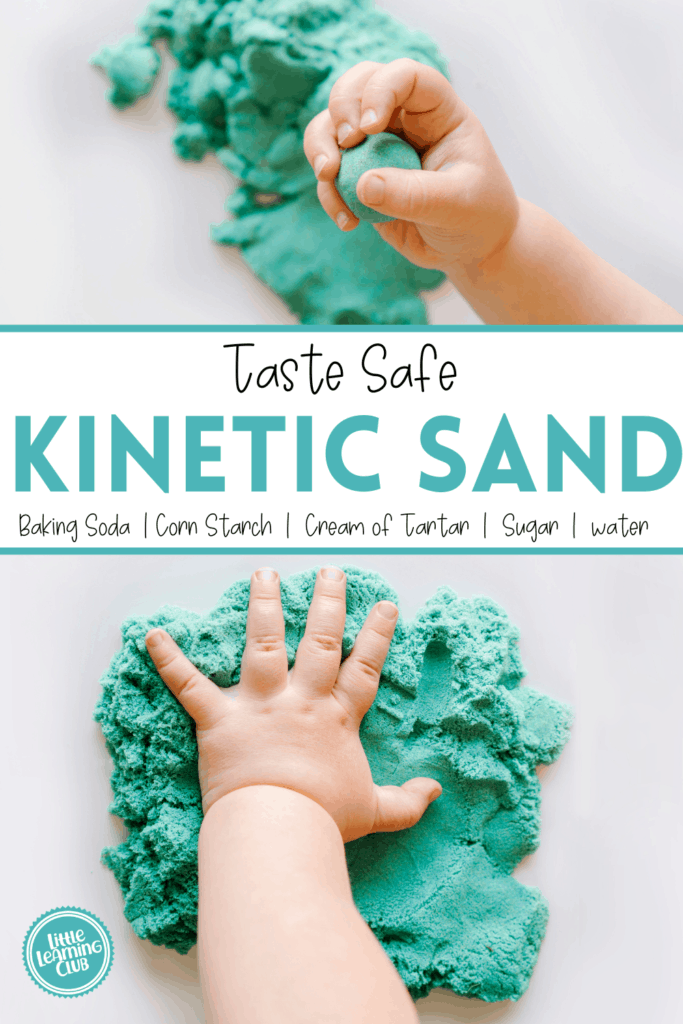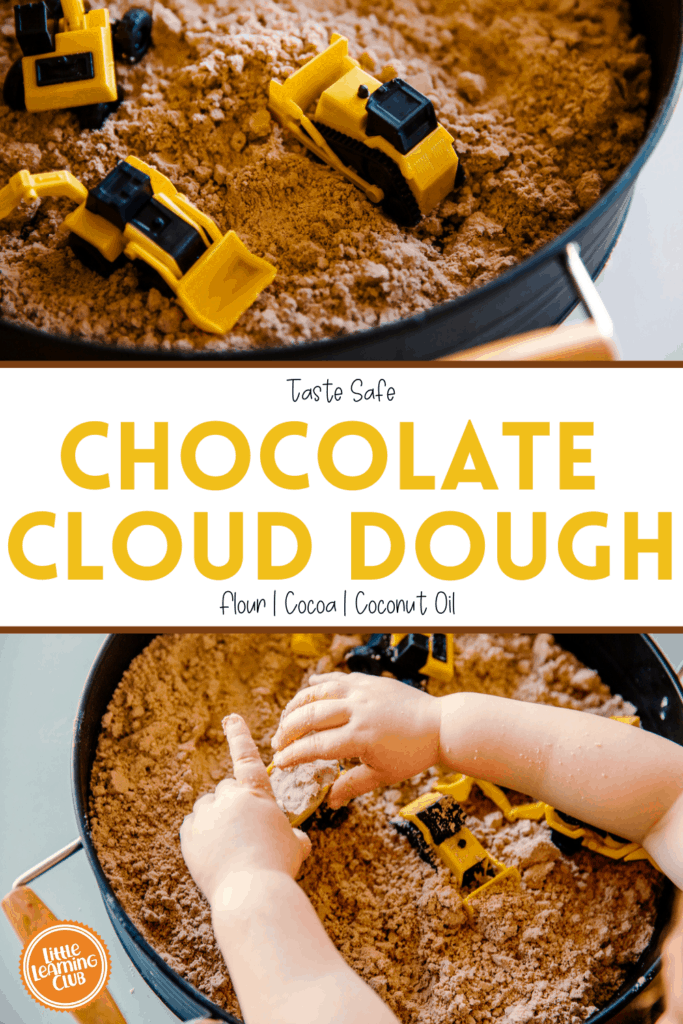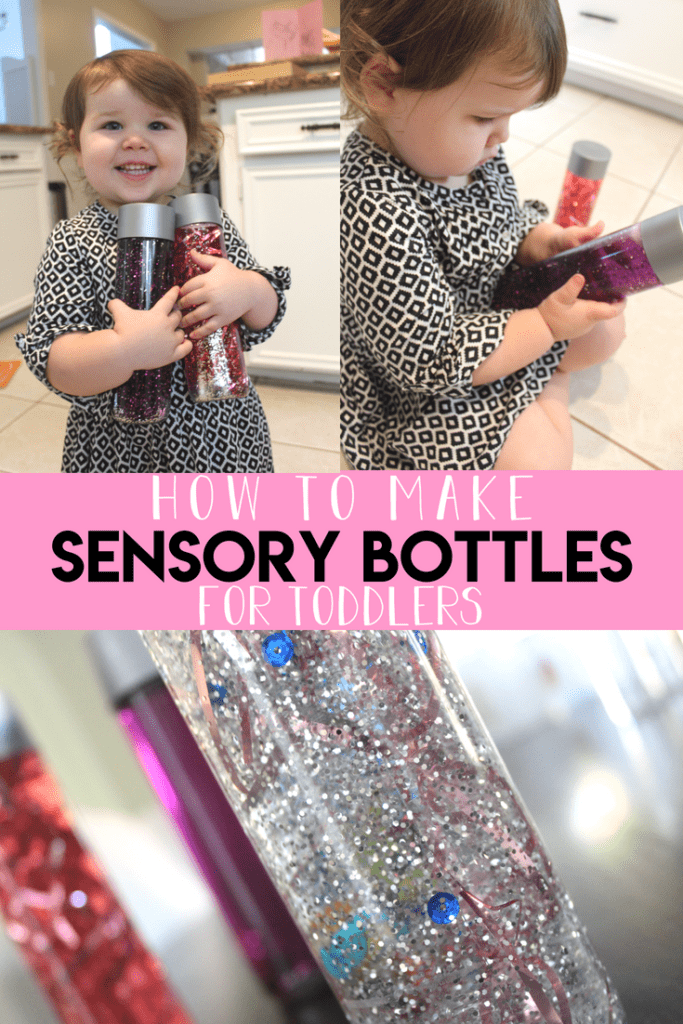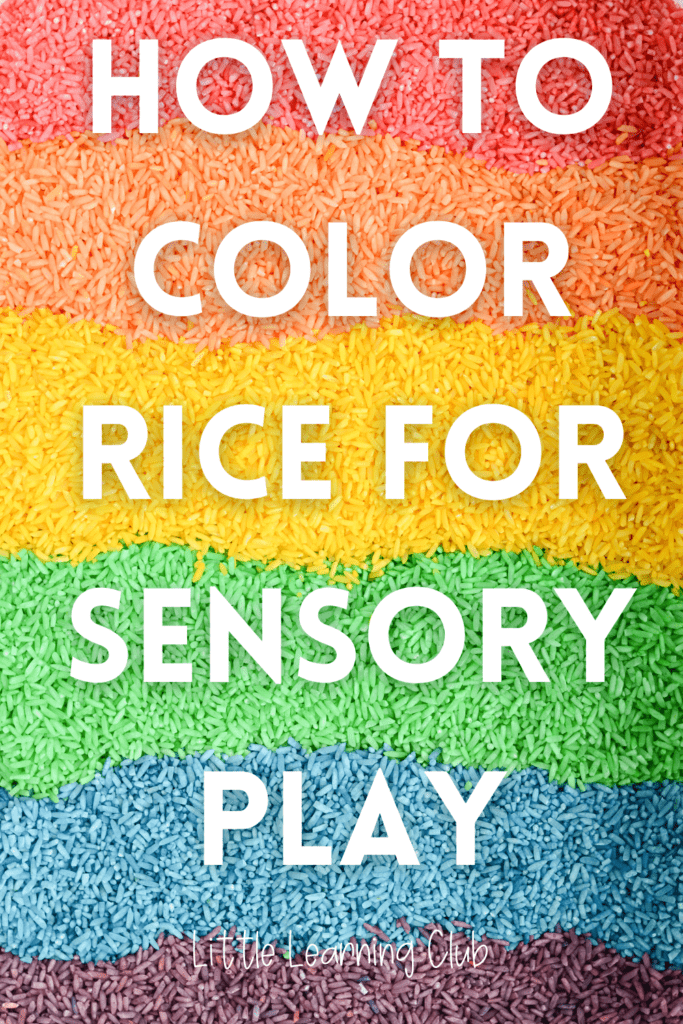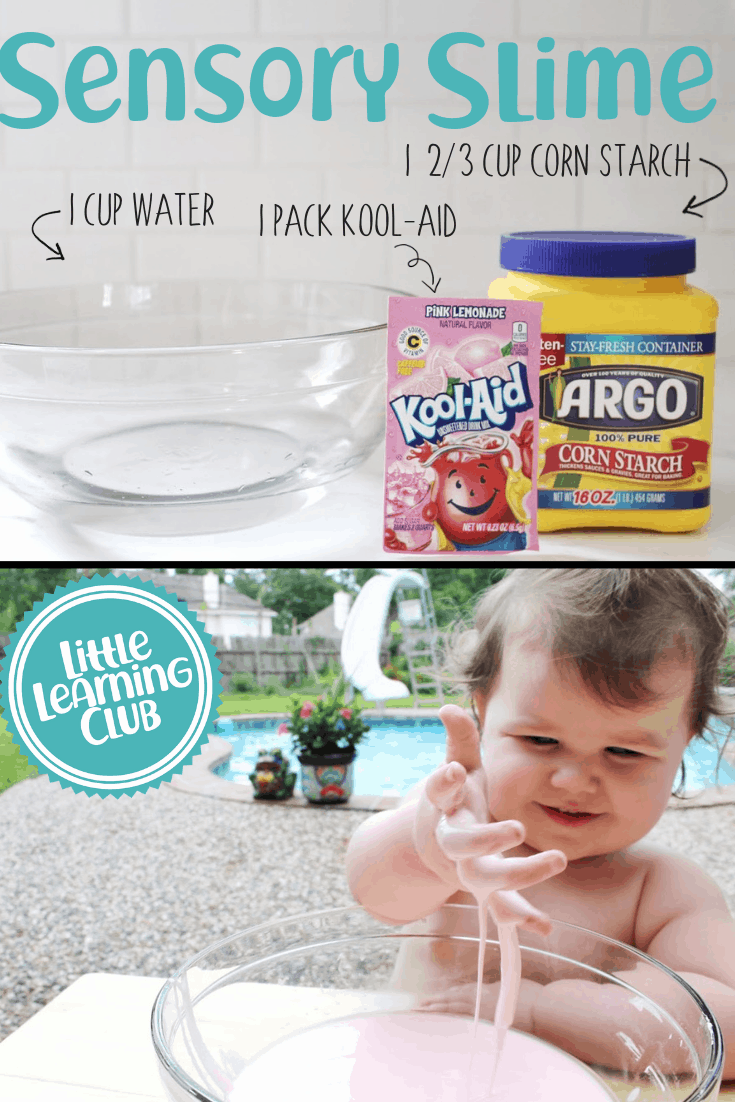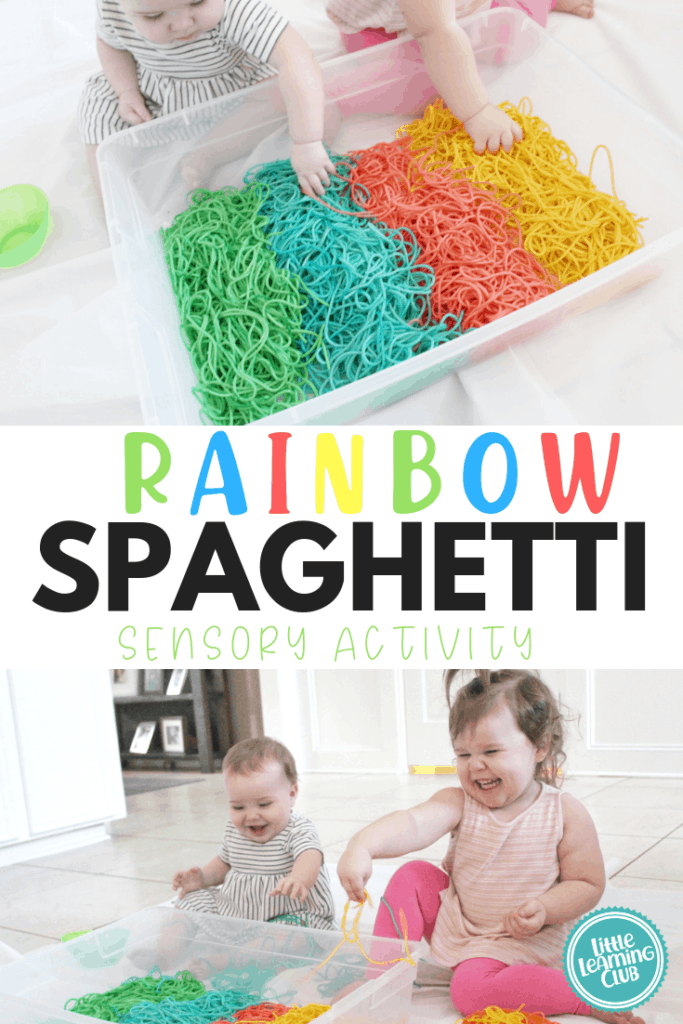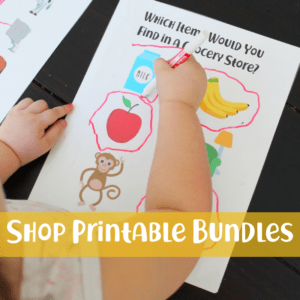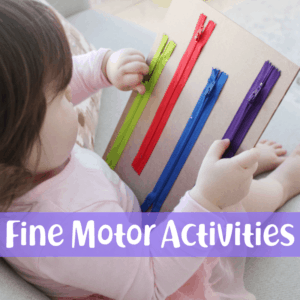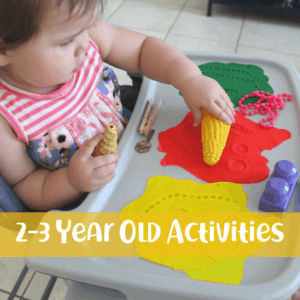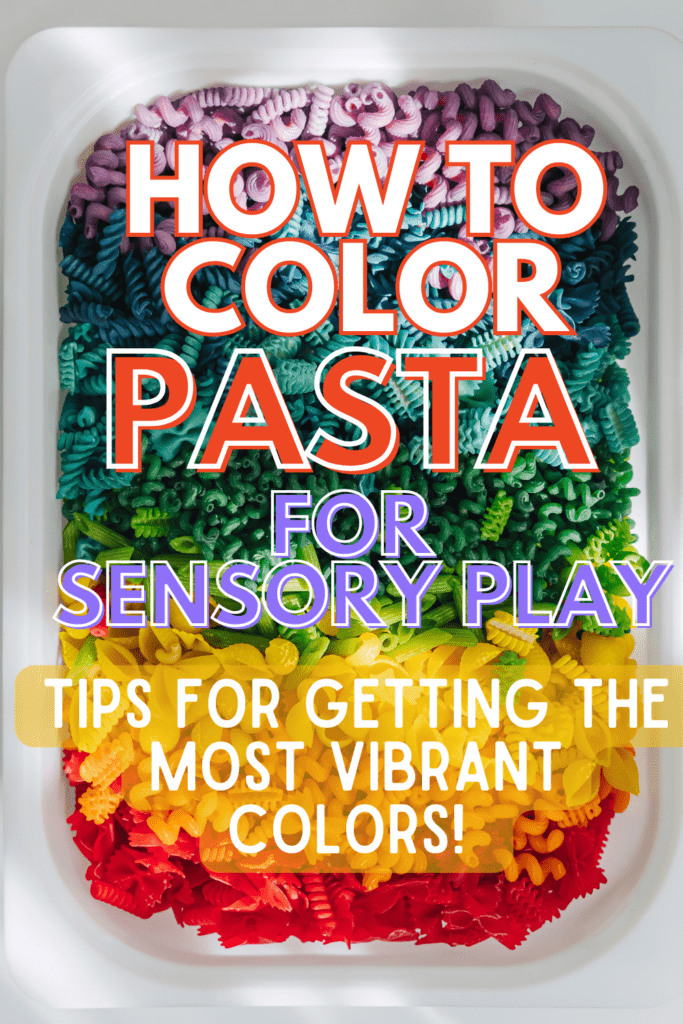
Colored Pasta for Sensory Play
When it comes to sensory play, colored pasta is a staple that gives you endless opportunities to ignite your child senses and encourage their imaginations. Colored pasta can be easily made with items you most likely already have at home. More importantly, it keeps for weeks (even months!) if stored properly. Let’s talk more on the importance of sensory play and how to make this sensory rainbow pasta for your little learner.
The Importance of Sensory Play
When it comes to young children, sensory activities are crucial for their development. Not only are they fun and engaging, but they also provide immense benefits that help with their growth and learning. Through sensory play, children enhance their cognitive skills, motor skills, and social skills. It helps them learn about the world around them through touch, taste, sight, smell, and sound, and encourages them to explore their surroundings. Whether it’s squishing playdough or building with blocks, these activities stimulate their creativity and imagination. Best of all, sensory activities can be an easy and inexpensive way to keep your little ones entertained and happy.
What Age Should You Start Sensory Activities?
When is the right time to start incorporating sensory play into your childs daily routine? Well, the great news is that sensory activities can begin as early as day one! That’s right, even newborns can benefit from gentle touch, soothing sounds, and interesting sights. As they grow, you can introduce more stimulating activities like different textures, scents, and tastes. The key is to start slowly and gradually build up, always being mindful of their comfort and safety. A sensory activity such as colored pasta definitely poses choking hazards to babies, but there are many taste-safe sensory activities out there. Check out some of our favorite sensory activities for 6-12-month-old babies.
How to Make Colored Pasta for Sensory Play
Anyone who has been following this blog knows we are big fans of coloring foods for sensory activities. We’ve done colored spaghetti and colored rice more times than I can count. But I have to admit that my absolute favorite is colored pasta due to all the different textures you can get by mixing in a variety of pasta types. Coloring pasta is very simple to do and can be stored in an air tight container after to use to be played with again and again!
When making colored pasta for sensory play, you will want to start with uncooked pasta. Next you will need rubbing alcohol (70% is highly recommended), large ziplock baggies and good coloring.
Add 1-2 cups of your uncooked pasta to a large ziplock baggie. In a separate small bowl, mix 1/2 cup rubbing alcohol and 20 drops of food coloring. Mix well until the color is dispersed through the rubbing alcohol. Add your colored rubbing alcohol mix to the pasta in the baggie and seal well (be sure to remove as much air as you can before sealing to make the next step easier). Gently move the pasta around in the baggie until all the pasta is fully coated. Once the pasta has been coated, lat the baggie flat and let it sit. In the past, I have felt it was best to let my pasta sit overnight to really get the most vibrant colors. If this isn’t possible, let sit for a minimum of 2 hours. Don’t forget to protect your countertops in case the baggies leak while sitting. Place on a cooking sheet or line the space with foil or wax paper.
After the pasta has reached the desired color, drain through a colander and place pasta on a cookie sheet lined with paper towels. Blot the pasta dry and allow it to sit out until fully dry. Once dry, you are ready to play! After all the work you’ve just done to make your vibrant pasta, don’t forget to store it in an air-tight container for another day of play!
We hope your little one enjoys this activity! Check out more sensory activities below:
